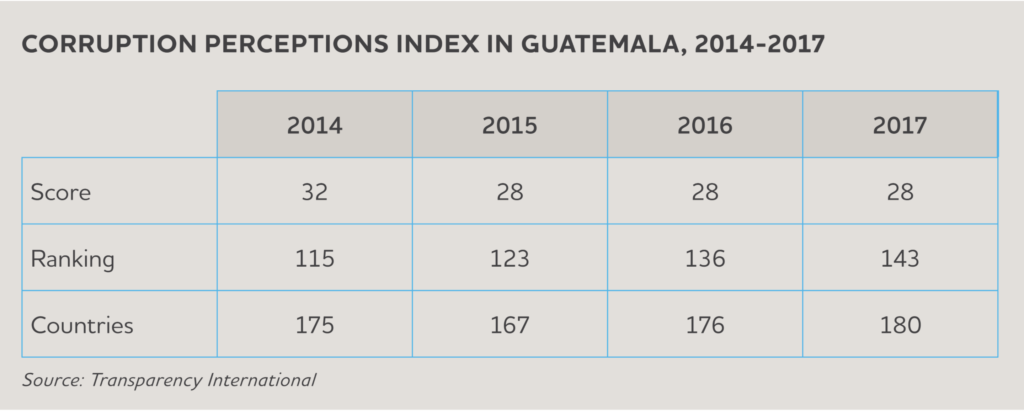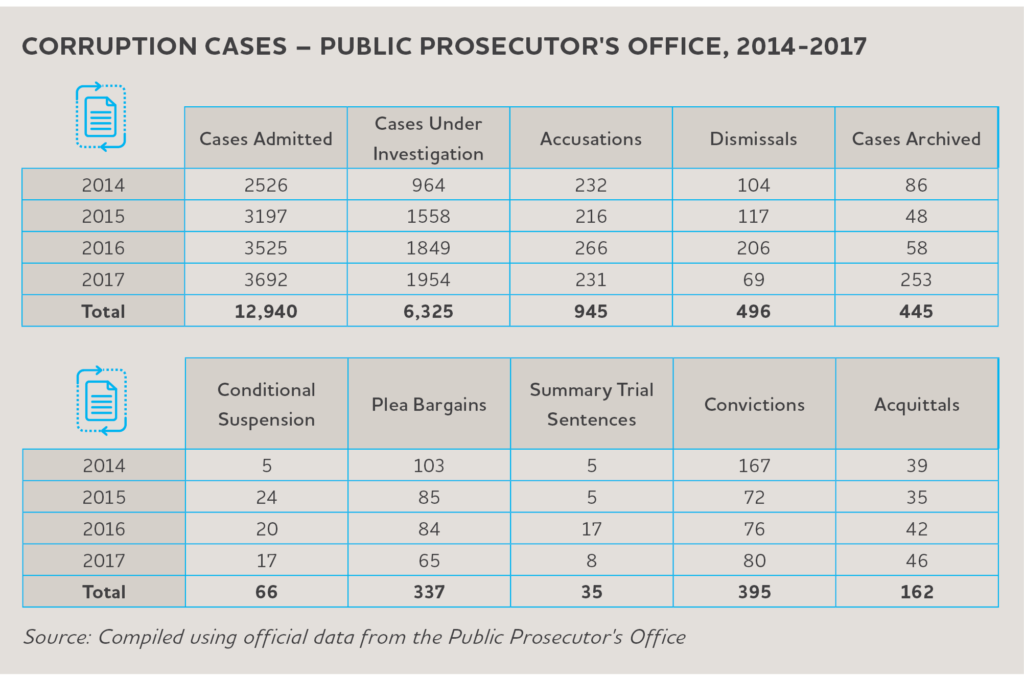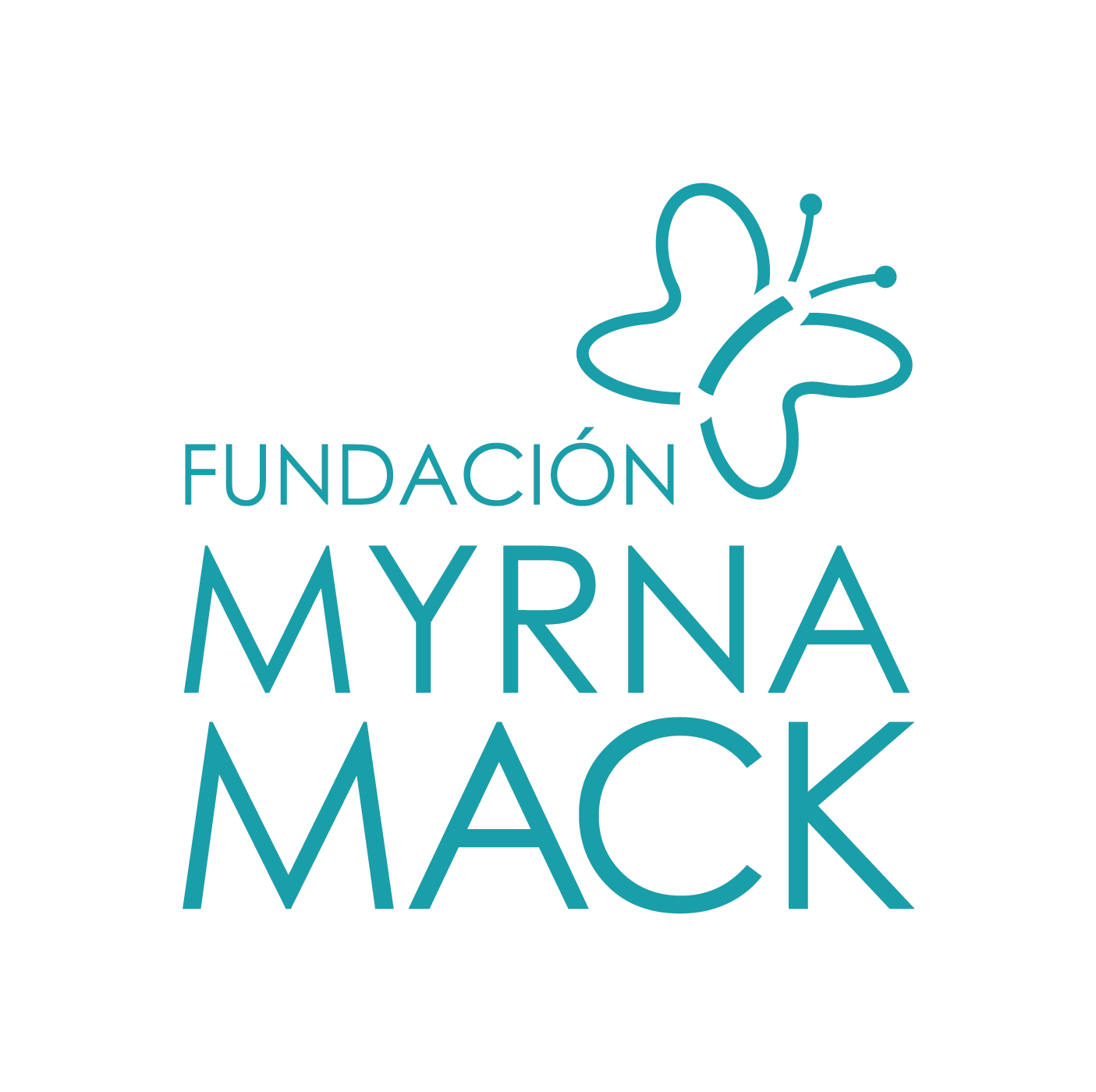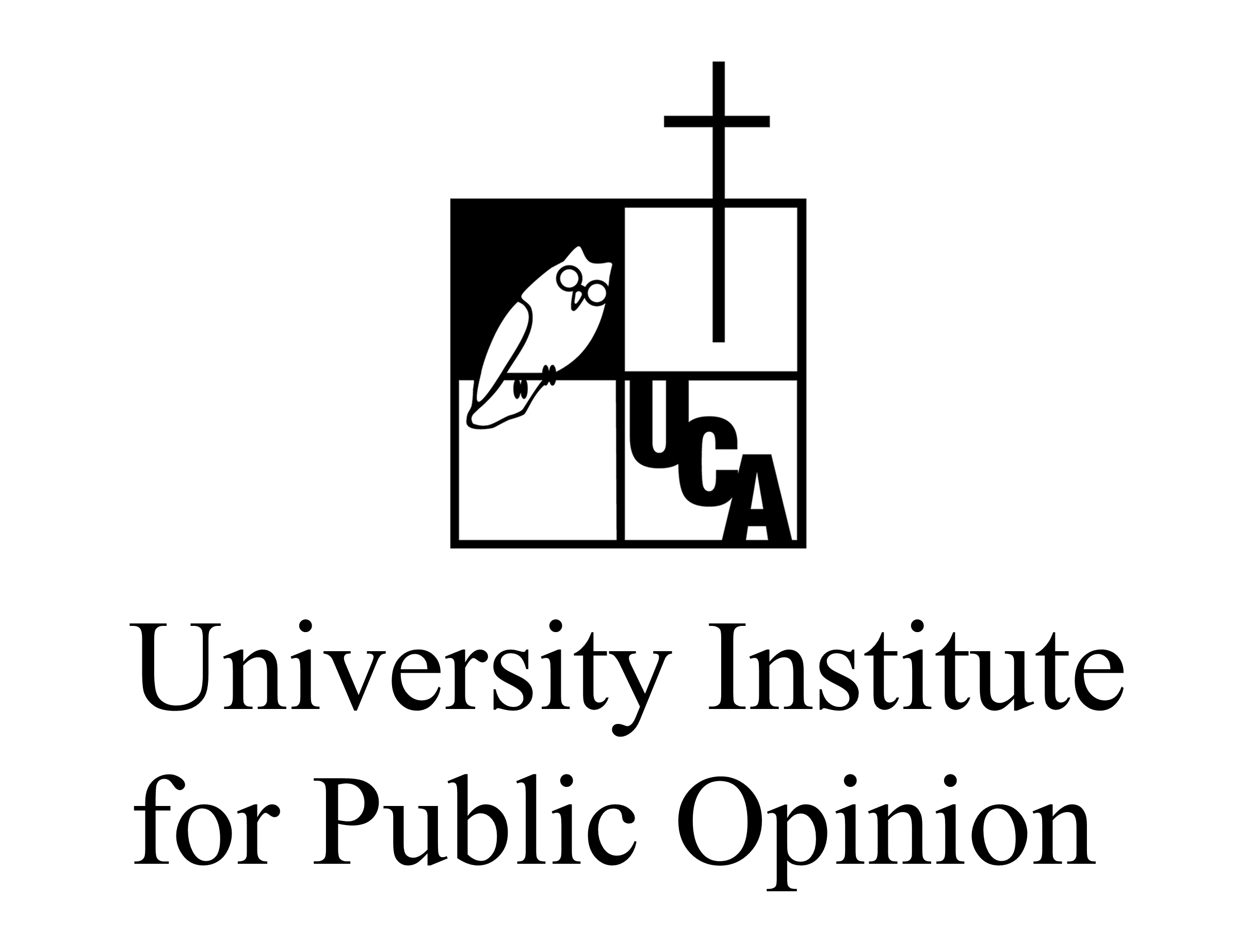Combatting Corruption
CENTRAL AMERICA MONITOR:
EVALUATING PROGRESS
Central America’s Northern Triangle region is struggling with violence, corruption and impunity.
Scroll for the key findings or to find links to download the full reports under each area of progress.
Evaluating progress in Central America
As Guatemala, El Salvador, and Honduras struggle with high levels of violence and insecurity, systemic corruption, and widespread impunity, it’s critical that we find ways to assess how the policies and strategies being implemented in the region are contributing to the strengthening of the rule of law, improving transparency and accountability, and to reducing violence and insecurity. Using a comprehensive series of indicators, the Central American Monitor aims to measure progress and identify trends over time in eight key areas directly relevant to rule of law and security, thus providing critical information that can inform policies and strategic investments in the region.
The Washington Office on Latin America (WOLA), the Myrna Mack Foundation (FMM) of Guatemala, the University Institute for Public Opinion (Iudop) of the José Simeón Cañas Central American University (UCA) of El Salvador, the University Institute on Democracy, Peace and Security (IUDPAS) of the National Autonomous University of Honduras (UNAH) have developed a series of qualitative and quantitative indicators to evaluate progress in Central America in eight key areas.
Combatting Corruption
Areas of progress
1.
Levels of Public Trust
Transparency International annually publishes the Corruption Perceptions Index, classifying countries according to the degree of perceived corruption of public and political officials. The index uses a scale between 0-100, 0 being the most corrupt, and 100 being the absence of corruption. The accompanying graphic shows where Guatemala is ranked on the Transparency International index from 2014 to 2017.
As the graph shows, in 2017, Guatemala dropped seven places compared to 2016 (and became one of the Latin American countries with highest perceptions of corruption). According to Transparency International, it was close to becoming part of the bottom 10 countries perceived to be most corrupt, which are often countries at war or in economic crisis.


Combatting Corruption
Areas of progress
2.
Scope and Implementation of Legislation to Combat Corruption
Guatemala’s government has passed several important reforms to existing laws that aim to improve its capacity to investigate and prosecute corruption offenses such as the Law against Organized Crime, the Law against Money Laundering and other Assets, and the Asset Recovery Law.
However, Guatemala still needs to pass additional reforms— specifically, laws that confront pervasive nepotism and conflicts of interest in Guatemalan politics and institutions— in order to better meet international anti-corruption standards and treaties.
However, Guatemala still needs to pass additional reforms— specifically, laws that confront pervasive nepotism and conflicts of interest in Guatemalan politics and institutions— in order to better meet international anti-corruption standards and treaties.
Combatting Corruption
Areas of progress
3.
Advancements in Criminal Investigations
The creation of new agencies within the Public Ministry, including the Special Prosecutor’s Office against Impunity, the Special Methods Unit and the Criminal Analysis Unit, have helped improve the capacity of the Ministry to investigate complex, large-scale corruption cases.
Many opportunities still exist for Guatemala to improve its justice system, particularly within the High Risk Courts of the Judiciary, the courts that process many complex corruption cases. The complexity of these cases, by virtue of the magnitude of the criminal organizations and networks judged, demand a review of logistical conditions and criminal procedure regulations. In this sense, it is considered appropriate to increase and improve the selection, induction and continuous training of those who work cases of this nature; establish an adequate judicial management model for the prosecution of organized crime, improve infrastructure and implement a greater use of technology. Likewise, it is necessary that those who exercise the judiciary carry out a filter attached to Law, in order to reduce the tactics of malicious litigation and the prolongation of the processes to the detriment of effective judicial protection.
The graphic below shows the number of corruption cases filed, prosecuted, and resolved by the Public Ministry between 2014-2017, according to the data received and crimes analyzed.


Combatting Corruption
Areas of progress
4.
Functioning of Oversight Bodies
Oversight bodies, such as the Comptroller General of Accounts (CGC), which is responsible for auditing and overseeing proper use of public funds, need to strengthen processes aimed at keeping Guatemala’s institutions clean and transparent. Proactively improving accountability measures would go a long way in preventing the abuse of public resources.
Strengthening the legal frameworks that discourage graft would enable Guatemala’s justice system to root out corruption preemptively, rather than relying on prosecutors to detect and investigate crimes only after they have taken place.
Strengthening the legal frameworks that discourage graft would enable Guatemala’s justice system to root out corruption preemptively, rather than relying on prosecutors to detect and investigate crimes only after they have taken place.
GLOSSARY
The Washington Office on Latin America (WOLA), the Myrna Mack Foundation (FMM) of Guatemala, the University Institute for Public Opinion (Iudop) of the José Simeón Cañas Central American University (UCA) of El Salvador, the University Institute on Democracy, Peace and Security (IUDPAS) of the National Autonomous University of Honduras (UNAH) have developed a series of indicators to assess the progress in Central America in eight key areas. That progress will reflect both the commitment of Central American governments and the effectiveness of international assistance. The indicators include a combination of quantitative data and qualitative analysis in order to gain a more in-depth understanding of the changes taking place in each country. Data sources include official documents and statistics, surveys, interviews, and reviews of existing laws and regulations that will be systematically compiled.
WOLA, the Myrna Mack Foundation, Iudop, and IUDPAS developed these indicators in a months-long process that included review of international standards, consultation with experts, and consensus among all partners about the key issues to address.
Our goal is to provide an instrument that can help identify the areas of progress and opportunities for improvement shortfalls for of the policies and strategies being implemented on the ground in a form that is useful for policymakers, donors, academics, and the public. At the same time, we hope to provide analysis that can contribute to the evaluation of trends over time both within and between the countries of the Northern Triangle.
1
Strengthening the Capacity and Independence of Justice Systems
Capacity of the Justice System: Number of criminal justice officials, geographical coverage, workload, effectiveness, and public trust.
Internal Independence: Existence and implementation of a public, merit-based selection process free from external influence, a results-based evaluation system, and an effective disciplinary system.
External Independence: Size of budget allocated for the judicial sector and implementation of national and international protection measures for justice officials.
2
Cooperation with Anti-Impunity Commissions
Political Will and Level of Collaboration: Commitment of the state to collaborate and enable the work of the CICIG in Guatemala and the MACCIH in Honduras, demonstrated by the progress of emblematic cases, the approval of legislative reforms, and support for domestic counterparts working with these commissions.
3
Combating Corruption
Level of Public Trust: Degree of public trust in state institutions involved in efforts to prevent, identify, investigate, and punish corruption.
Scope and Implementation of Legislation to Combat Corruption: Classification of new crimes in criminal codes and reforms of existing anti-corruption laws to adhere to international standards.
Advancements in Criminal Investigations: Number of corruption cases filed, prosecuted, and resolved, as well as the progress made in emblematic cases.
Functioning of Oversight Bodies: Existence and capacity of external oversight bodies or agencies to combat corruption.
4
Tackling Violence and Organized Crime
Capacity Building: Existence and functioning of specialized anti-organized crime units, application of scientific and technical investigative methods, and functioning of judges or tribunals dedicated to the prosecution of organized crime
Advances in Criminal Investigations: The number of organized crime-related cases filed, prosecuted, and resolved, as well as the progress made in emblematic cases.
Crime Reduction: Convictions for homicides, extortion, and against criminal networks, as well as a reduction in serious and violent crimes.
5
Strengthening Civilian Police Forces
Functioning of Police Career Systems: Existence and effectiveness of police recruitment and promotion mechanisms, training processes, and disciplinary systems, as well as the structure of police bodies.
Allocation and Use of Budgetary Resources: Allocation and effective use of public funds and percentage designated for the wellbeing of members of the civilian police forces.
Community Relations: Public trust in the police, police-community relations, and relations with indigenous authorities.
6
Limiting the Role of the Armed Forces in Public Security Activities
Development and Implementation of a Concrete Plan: The design and implementation of a publicly accessible and verifiable plan with goals, timelines, activities, and clearly established indicators; repeal of legal norms authorizing participation of armed forces in public security, and access to information regarding payroll and assigned resources.
Conduct of Military Forces: Complaints, accusations, and sentences regarding human rights violations perpetrated by members of the armed forces and the level of public trust in the armed forces.
7
Protecting Human Rights
Investigation and Conviction of Human Rights Violations: Existence and functioning of specialized investigative units, number of complaints, prosecutions, and convictions, handling of emblematic cases, and degree of security forces’ collaboration with investigations.
Protection Mechanisms: Structure and functioning of domestic protection mechanisms and implementation of international protection measures for human rights defenders who have been victims of attacks or threats.
Hate Speech: Analysis of attacks and smear or defamation campaigns against human rights defenders.
8
Improving Transparency
Scope and Implementation of the ‘Law of Access to Public Information’: Type of information categorized as restricted or of limited access, period of classification, availability and quality of statistics related to security and justice, information requests granted and denied, and related fees.
Budget and Spending Transparency: Access to public information on budget allocations and spending on security, justice, and defense.
Disclosure of Public Officials’ Statement of Assets: Level of official compliance with disclosure norms, and the degree to which such statements are made available to the public.
METHODOLOGY
The Central America Monitor is based on the premise that accurate, objective, and complete data and information are necessary to reduce the high levels of violence and insecurity, and establish rule of law and governance in a democratic state. This will allow efforts to move beyond abstract discussions of reform to specific measures of change.
The Monitor is based on a series of more than 100 quantitative and qualitative indicators that allow a more profound level of analysis of the successes or setbacks made in eight key areas in each of the three countries. More than a comprehensive list, the indicators seek to identify a way to examine and assess the level of progress of the three countries in strengthening the rule of law and democratic institutions. The indicators seek to identify the main challenges in each of the selected areas and examine how institutions are (or are not) being strengthened over time. The Monitor uses information from different sources, including official documents and statistics, surveys, interviews, information from emblematic cases, and analysis of existing laws and regulations.
The indicators were developed over several months in a process that included an extensive review of international standards and consultation with experts. The eight areas analyzed by the Monitor include:



